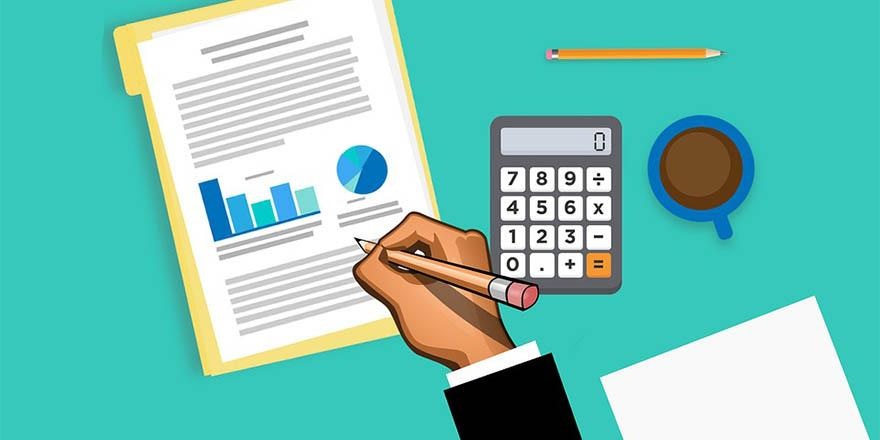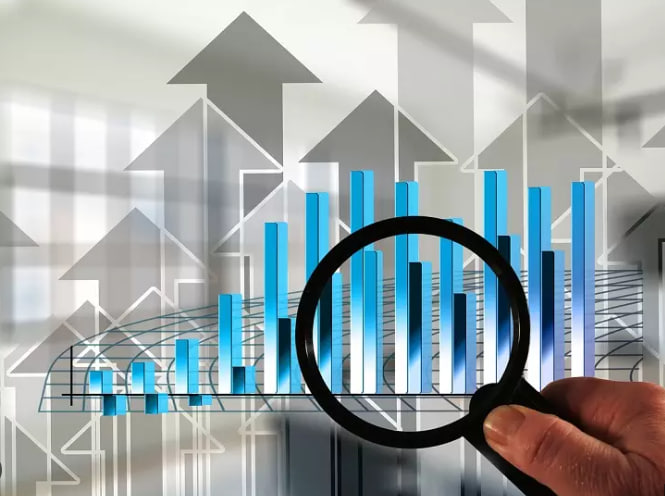Using historical data to predict future trends is a fundamental aspect of various fields, including finance, economics, marketing, and even social sciences. This process often involves statistical analysis, modeling, and interpreting data to identify patterns that can inform future decisions. Here’s a comprehensive guide to help you effectively utilize historical data for trend prediction:
1. Define Your Objective

Before delving into the data, clarify your goals:
- What are you trying to predict? Identify specific outcomes (e.g., stock prices, sales volume, market trends).
- What time frame are you considering? Define whether you're looking at short-term, medium-term, or long-term trends.
2. Collect Historical Data
Gather relevant historical data that aligns with your objectives:
- Data Sources: Use reliable sources such as government databases, financial markets (like Bloomberg or Yahoo Finance), industry reports, and academic research.
- Types of Data: Ensure that you collect both quantitative (numerical) and qualitative (descriptive) data relevant to your analysis.
3. Clean and Prepare Data
Data cleaning is crucial for accurate analysis:
- Remove Inconsistencies: Address missing values, outliers, and inconsistencies in your data set.
- Normalization: Adjust data to a common scale if necessary, especially when combining different data sources.
4. Explore the Data
Conduct exploratory data analysis (EDA) to understand the data’s characteristics:
- Descriptive Statistics: Calculate mean, median, mode, standard deviation, and other statistics to summarize the data.
- Visualization: Use graphs and charts (like line graphs, bar charts, and scatter plots) to identify trends, patterns, and anomalies visually.
5. Identify Trends and Patterns
Look for significant trends and cyclical patterns in the historical data:
- Trend Analysis: Determine if the data exhibits upward, downward, or horizontal trends over time.
- Seasonality: Identify seasonal patterns that occur at regular intervals (e.g., quarterly sales spikes during holidays).
- Cyclical Patterns: Look for longer-term fluctuations tied to economic cycles or external factors.
6. Choose a Predictive Model
Select an appropriate statistical or machine learning model based on your data characteristics:
-
Time Series Analysis: Common models include:
- ARIMA (AutoRegressive Integrated Moving Average): Useful for forecasting time series data that exhibit trends and seasonality.
- Exponential Smoothing: Works well for data with trends and seasonal components.
- Seasonal Decomposition: Breaks down time series data into trend, seasonality, and residual components.
-
Regression Analysis: Use linear or multiple regression if you're exploring relationships between dependent and independent variables.
-
Machine Learning Models: For more complex data, consider algorithms like:
- Random Forests: A robust ensemble method that can handle non-linear relationships.
- Neural Networks: Useful for capturing complex patterns in large datasets.
7. Split the Data
To validate your model, split the data into training and testing sets:
- Training Set: Use a portion of your historical data (typically 70-80%) to build and train your model.
- Testing Set: The remaining data (20-30%) is used to evaluate the model’s performance and accuracy.
8. Train and Validate the Model
Develop the predictive model using your training data:
- Model Fitting: Adjust the model parameters to best fit the training data.
- Cross-Validation: Implement cross-validation techniques to ensure that your model generalizes well to unseen data.
9. Evaluate Model Performance
Assess how well your model predicts outcomes using the testing set:
- Metrics for Evaluation: Use appropriate metrics such as:
- Mean Absolute Error (MAE): Average of absolute errors between predicted and actual values.
- Mean Squared Error (MSE): Average of squared errors, emphasizing larger errors.
- R-squared: Indicates the proportion of variance explained by the model.
10. Make Predictions
Once validated, use the model to make predictions:
- Forecast Future Values: Use the model to predict future trends based on new or existing input data.
- Scenario Analysis: Consider running different scenarios by adjusting input variables to see how predictions change under various conditions.
11. Monitor and Adjust
Continuously monitor your predictions against actual outcomes:
- Feedback Loop: Create a feedback loop to refine your model as new data becomes available. Adjust the model as necessary to improve accuracy.
- Re-evaluate Periodically: Regularly assess the relevance of your historical data and trends, particularly in rapidly changing environments.
12. Communicate Results Effectively
Present your findings and predictions clearly:
- Visualizations: Use graphs, charts, and dashboards to illustrate your predictions effectively.
- Contextualize Predictions: Explain the model, methodology, and underlying assumptions, allowing stakeholders to understand the basis for your predictions.
Conclusion

Using historical data to predict future trends involves a systematic approach that includes data collection, preparation, analysis, and modeling. By understanding your objectives, employing appropriate analytical techniques, and continuously refining your model based on feedback, you can enhance your predictive capabilities. This structured methodology not only helps in making informed decisions but also aids in strategic planning and risk management across various domains.